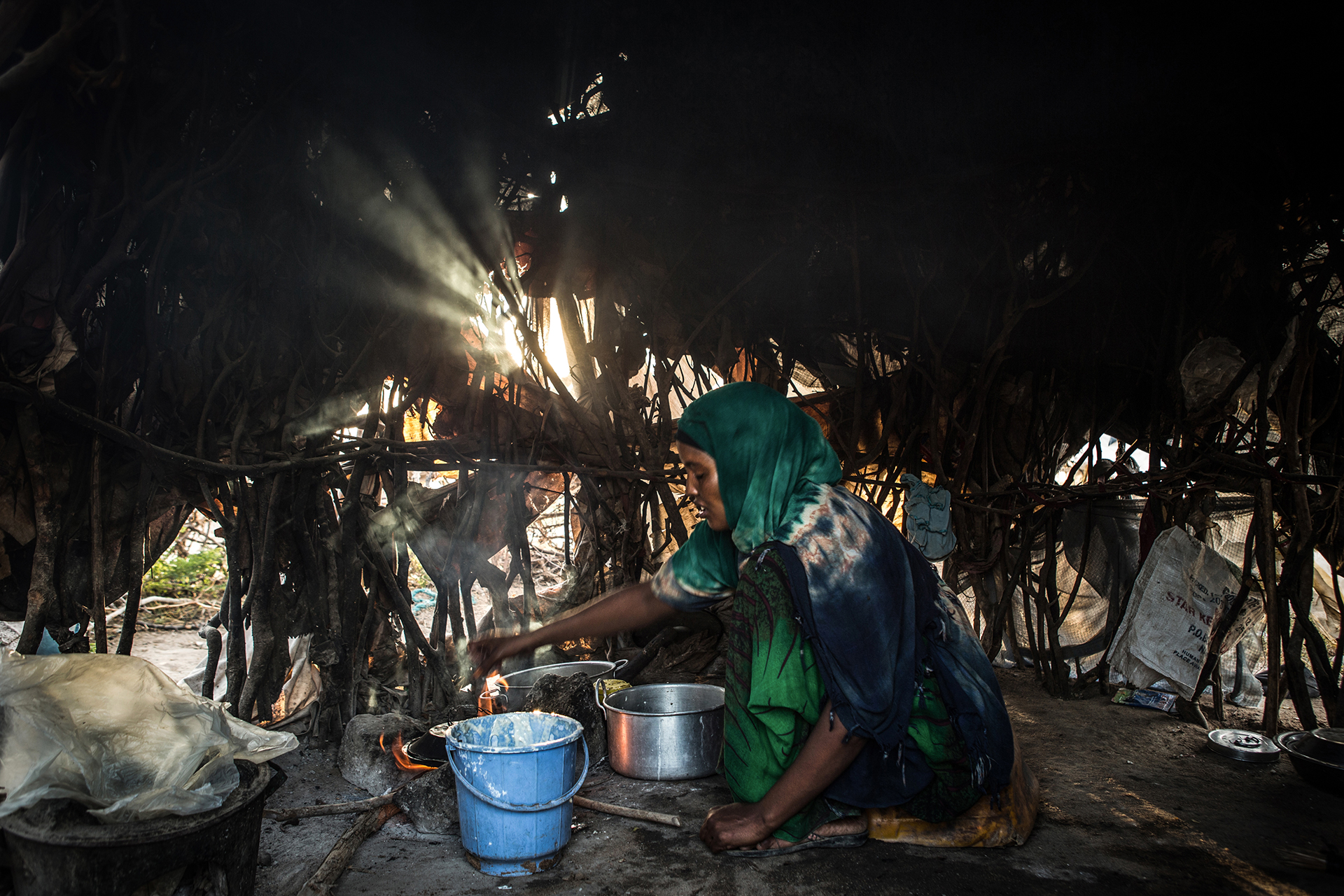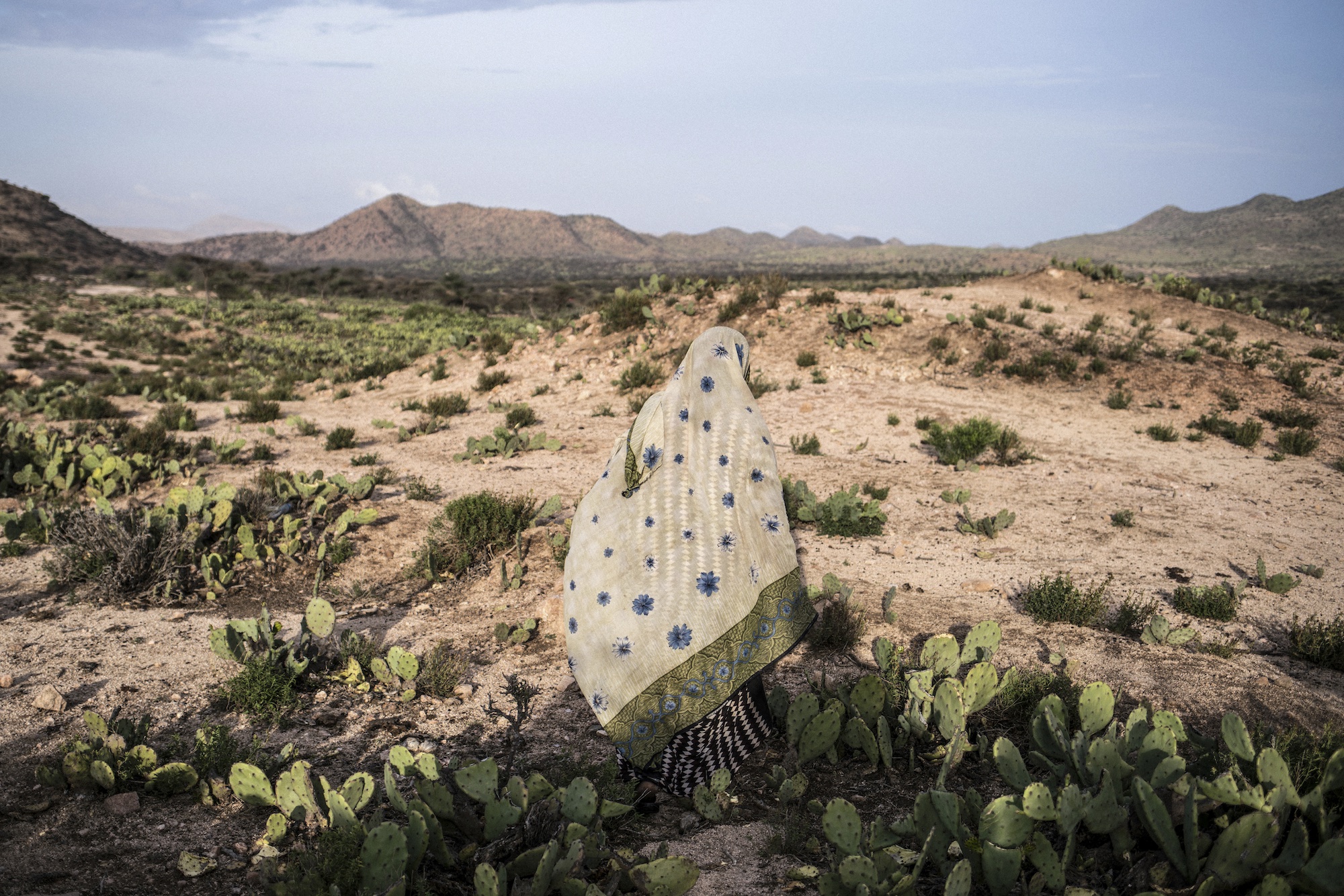
Somalia has never been a forgiving place. Now, decades of civil war and the effects of climate change have set the country on a path to environmental disaster. Temperatures are rising, and drought has become the norm. Despite the resilience of its people, Somalia may be the most vulnerable country in the world to climatic changes. Where Our Land Was tells the stories of people struggling to cope as their land is transformed beneath them: the farmer who went to war with neighbors over pasture and water, the nomadic elder struggling to adapt as his way of life dies off with his herds, the mother displaced from her land by drought and facing an uncertain new world.
This story has taken many forms over the years, from print features in National Geographic and Foreign Policy magazines, a short documentary film, a feature on ABC’s “Nightline” program, numerous podcasts and interviews, and global exhibitions. Most critically, it has helped to grow awareness around the overlooked ways in which conflict and climate change collide in an agonizing feedback loop that punishes some of the world’s most vulnerable people. It has been the center of dynamic programming, bringing together experts on the climate-security nexus from Washington, D.C., to Nairobi, Kenya, and was featured at the Nobel Peace Center’s first-ever Oslo Pax, an annual gathering to forge a peacebuilding space the world urgently needs. This long-term project is a visual reminder that the climate crisis is not a distant myth. Already parts of our world are becoming uninhabitable, pushing communities to the brink. “Still, we are thinking human beings,” said Somali environmentalist Fatima Jibrell. “It’s not in our nature to give up. Nobody wants to die sitting down.”
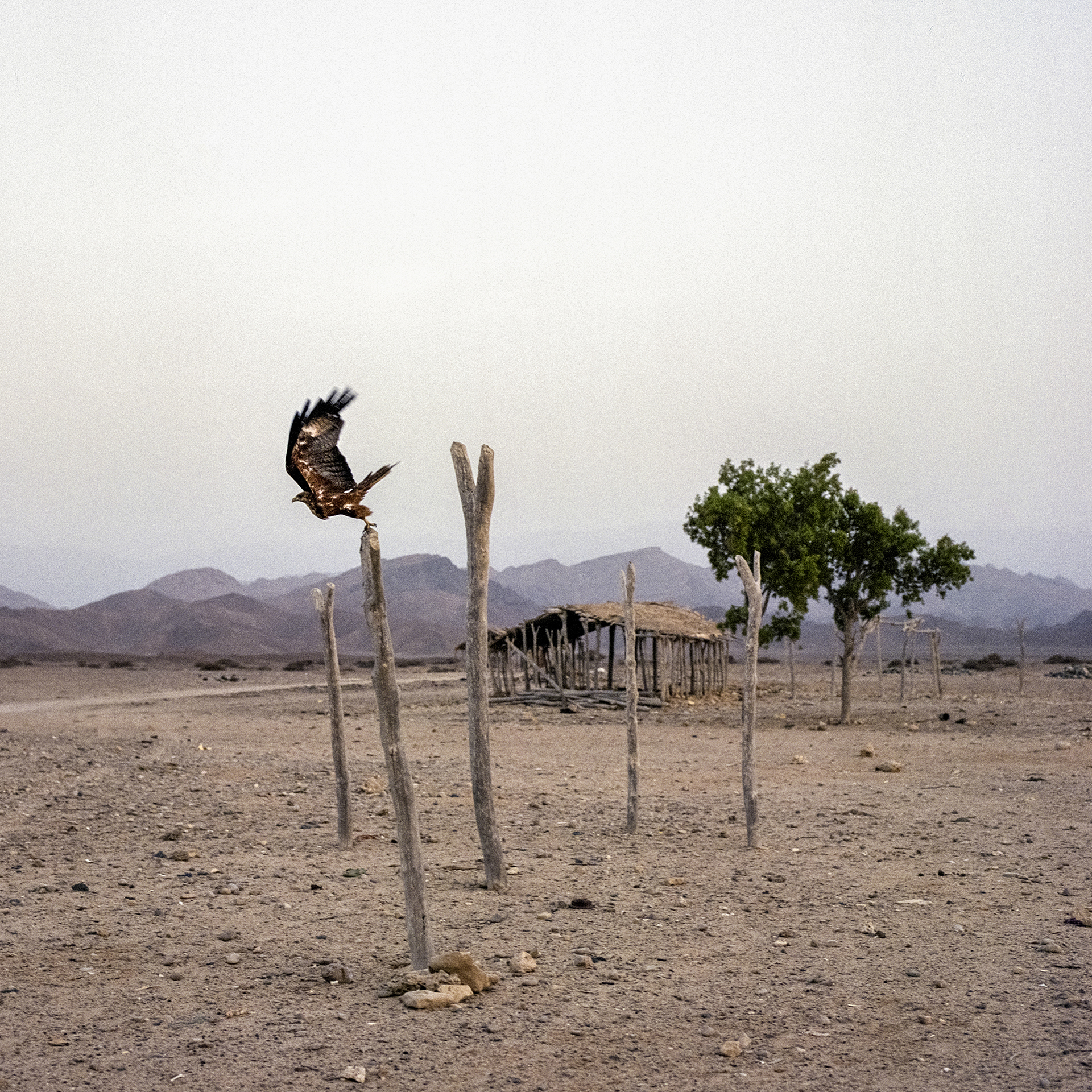
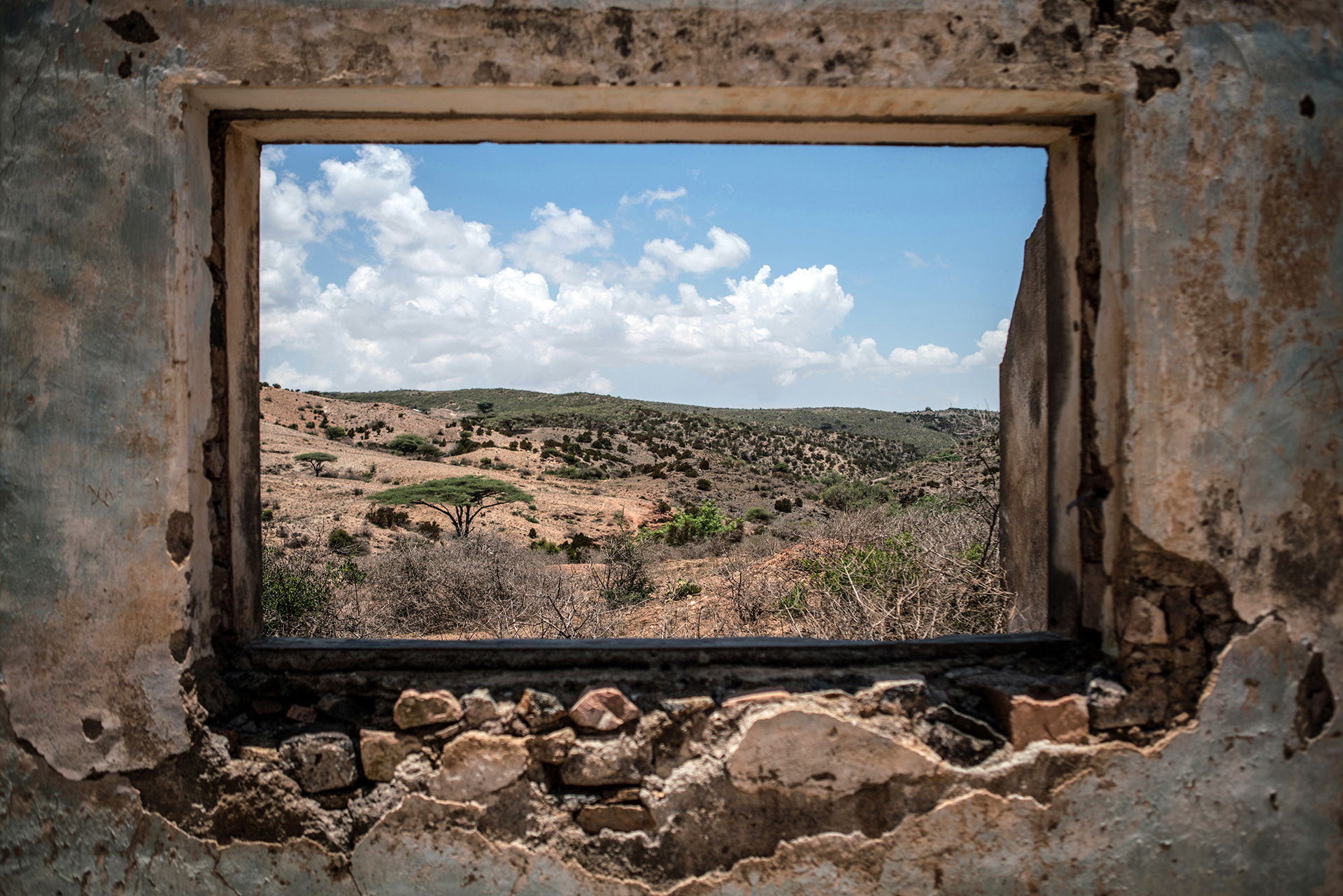
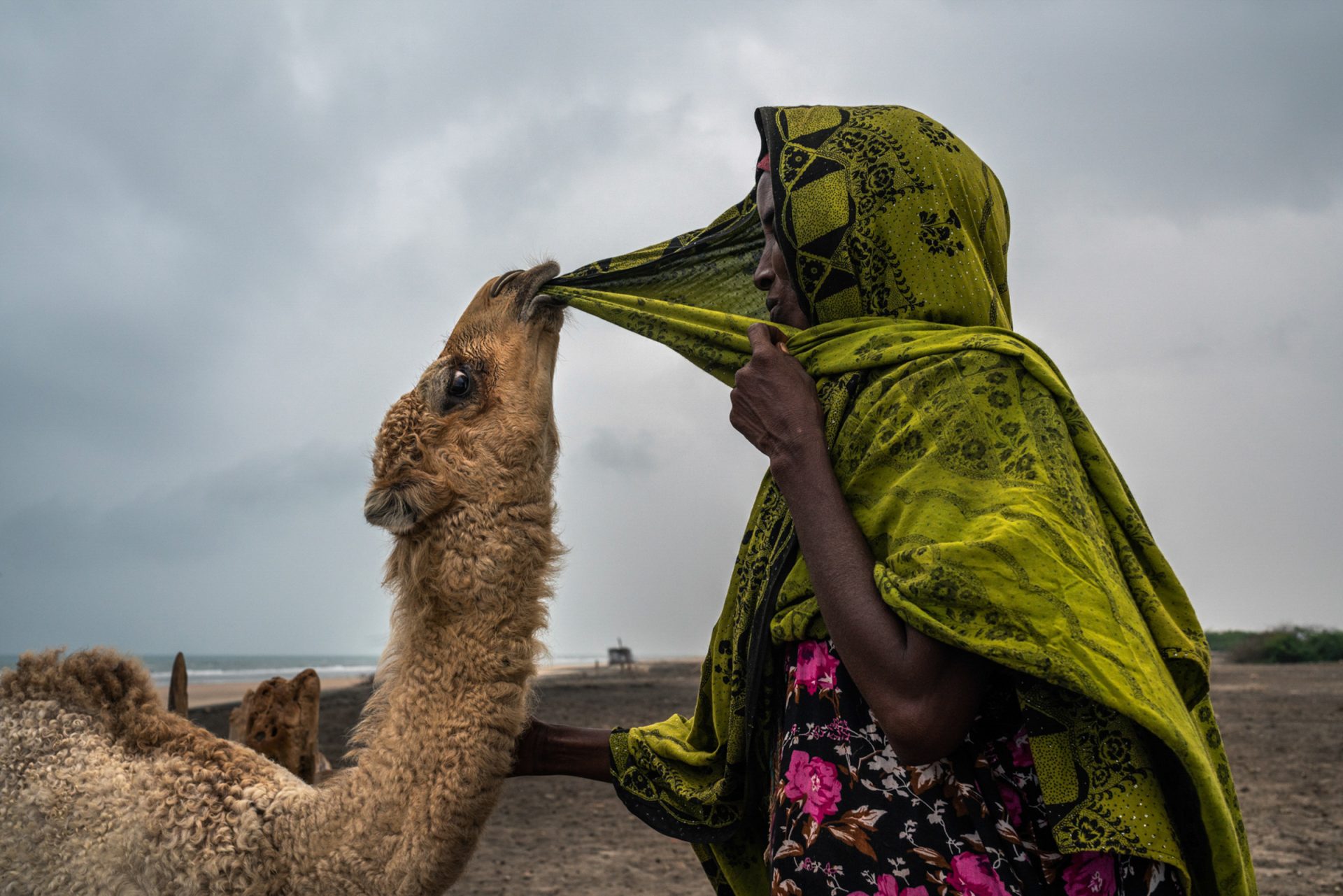
Portrait of Ahmed Hassan, an elder in Waaciye, Puntland, which faces increasing challenges with gully erosion, on May 17, 2016. Gully erosion can make large tracts of land impassable for nomads and their livestock, and with predicted climate change gullies may erode up to three times faster than normal.
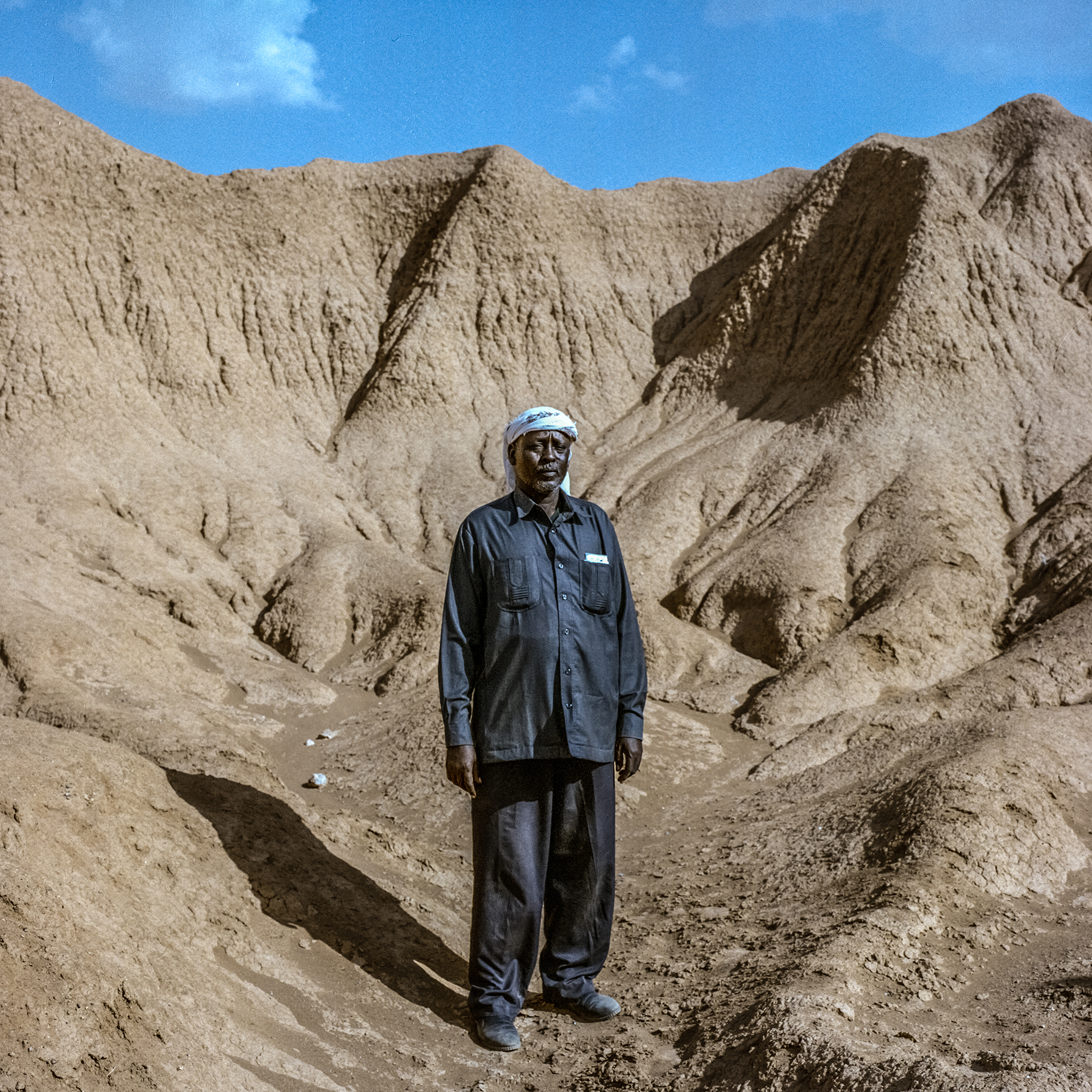
Portrait of Rahma Hassan Mahmoud (36) in Burao Airport IDP Camp outside Burao, Somaliland, on December 14, 2019. Rahma was a pastoralist in the village of Hayae in eastern Somaliland. Her family raised a herd of 300 goats and sheep and 20 camels. Then drought hit and within four weeks her entire herd was dead. “We were like a soul living on top of another soul,” Rahma said. When the goats died, the life she knew died with them. She and her family were forced to move to this IDP camp, and join what would become hundreds of thousands of people driven from their land.

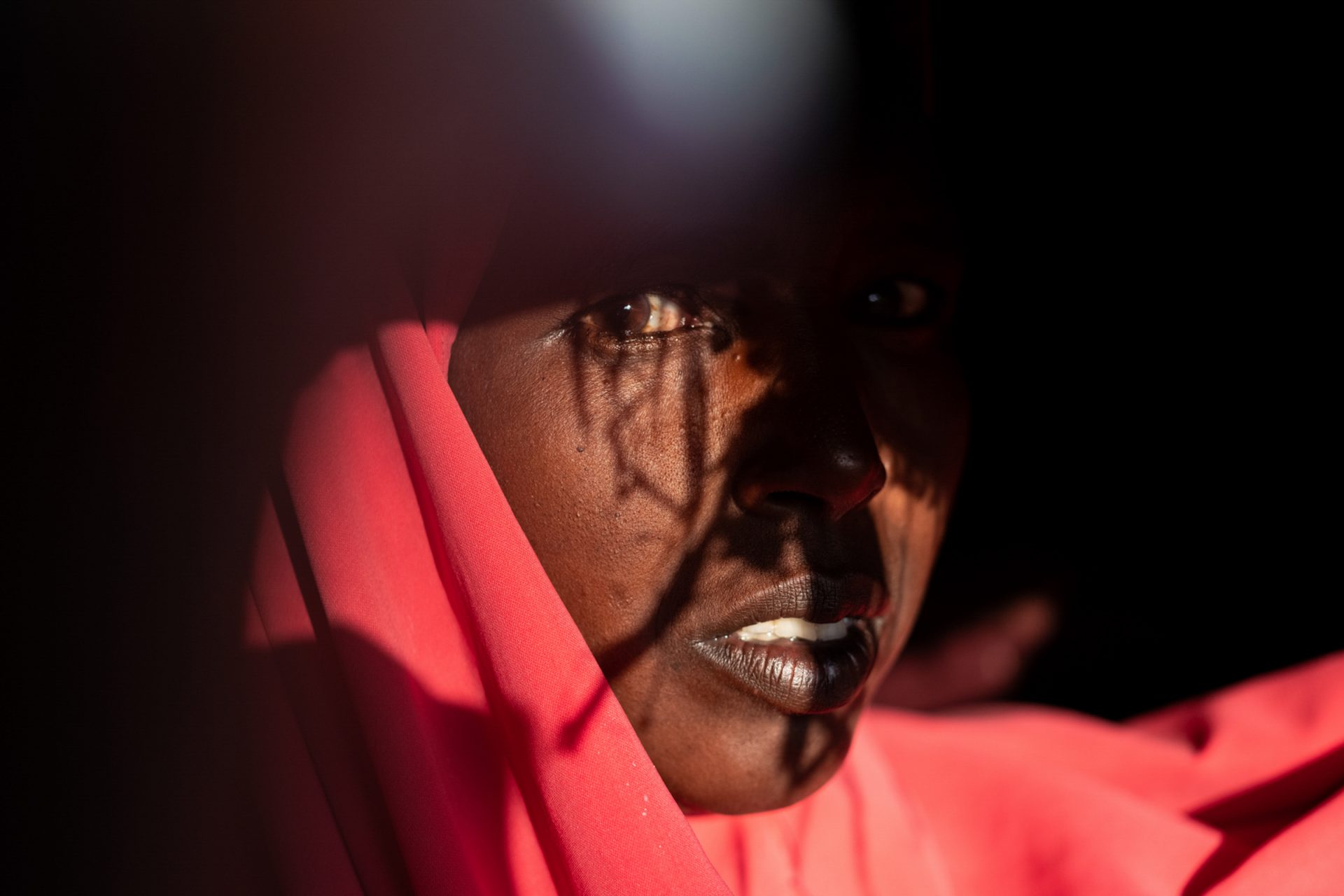
Portrait of Rahma Hassan Mahmoud (36) in Burao Airport IDP Camp outside Burao, Somaliland, on December 14, 2019. Rahma was a pastoralist in the village of Hayae in eastern Somaliland. Her family raised a herd of 300 goats and sheep and 20 camels. Then drought hit and within four weeks her entire herd was dead. “We were like a soul living on top of another soul,” Rahma said. When the goats died, the life she knew died with them. She and her family were forced to move to this IDP camp, and join what would become hundreds of thousands of people driven from their land.
A swarm of locusts fly across Burao Airport IDP Camp outside Burao, Somaliland, on December 15, 2019. The country is experiencing its worst outbreak of desert locusts in 25 years.
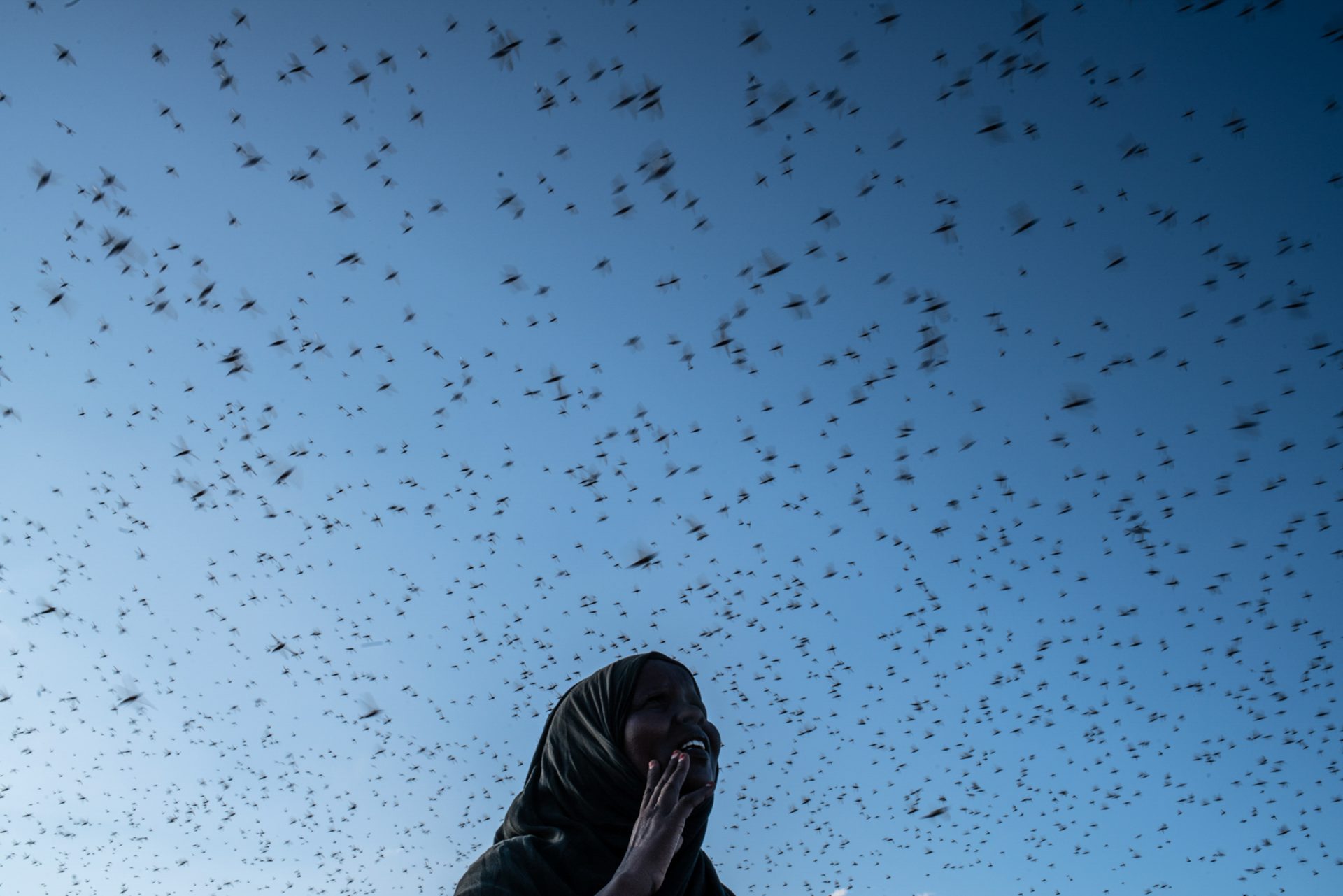
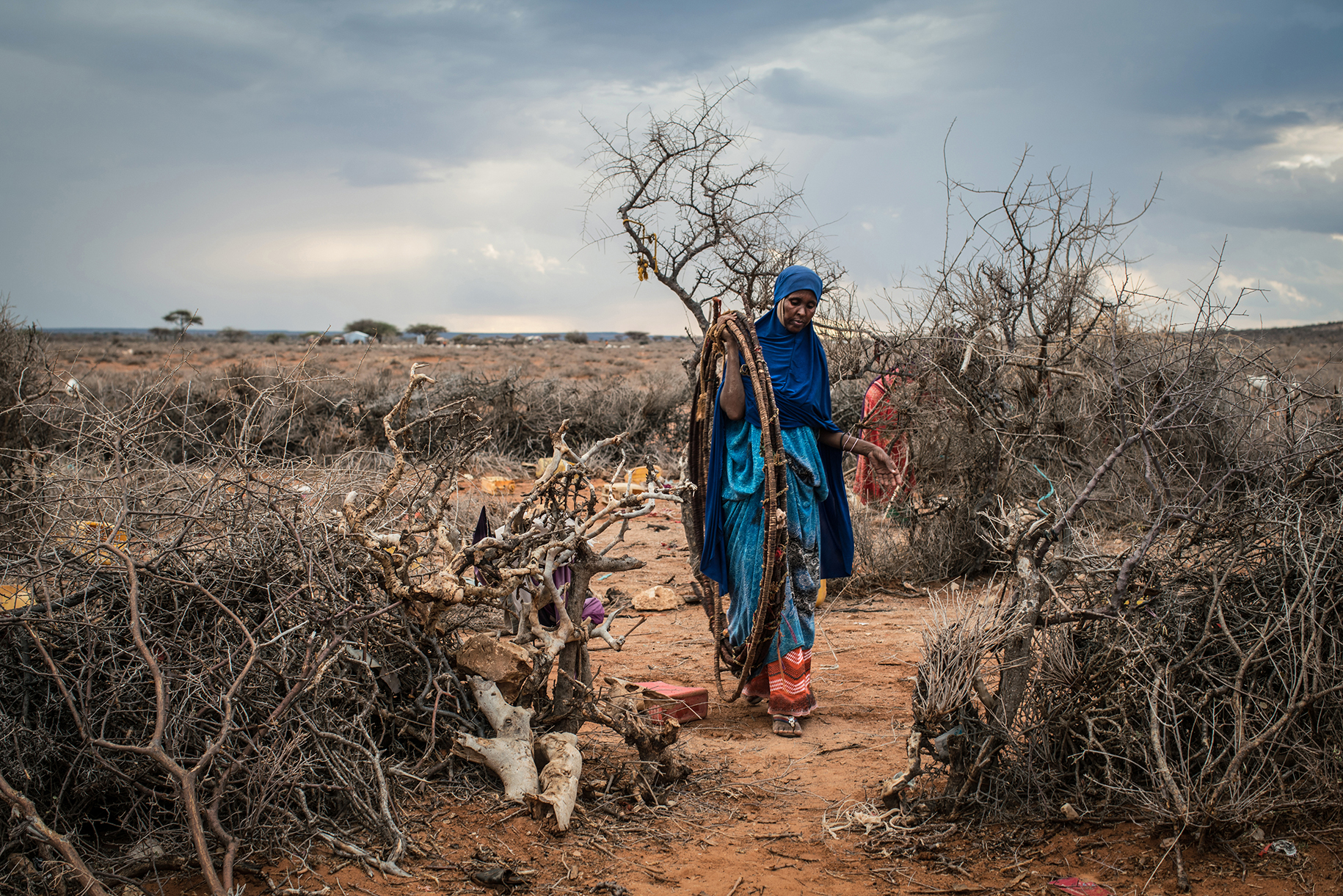
Dheg Mohamed takes apart her home before loading the materials onto a cart to be moved. Several successive seasons of low rainfall left the well in her family’s hometown of Aynabo, Somaliland, dry, forcing them to relocate elsewhere.
The Puntland Maritime Police Force (PMPF) search a fishing boat for arms while on patrol off the coast of Bosaso, the largest city in Puntland, on May 15, 2016. The PMPF is a security force created to eradicate piracy, although they have been accused of violating the arms embargo and participating in internal security operations by United Nations arms monitors.
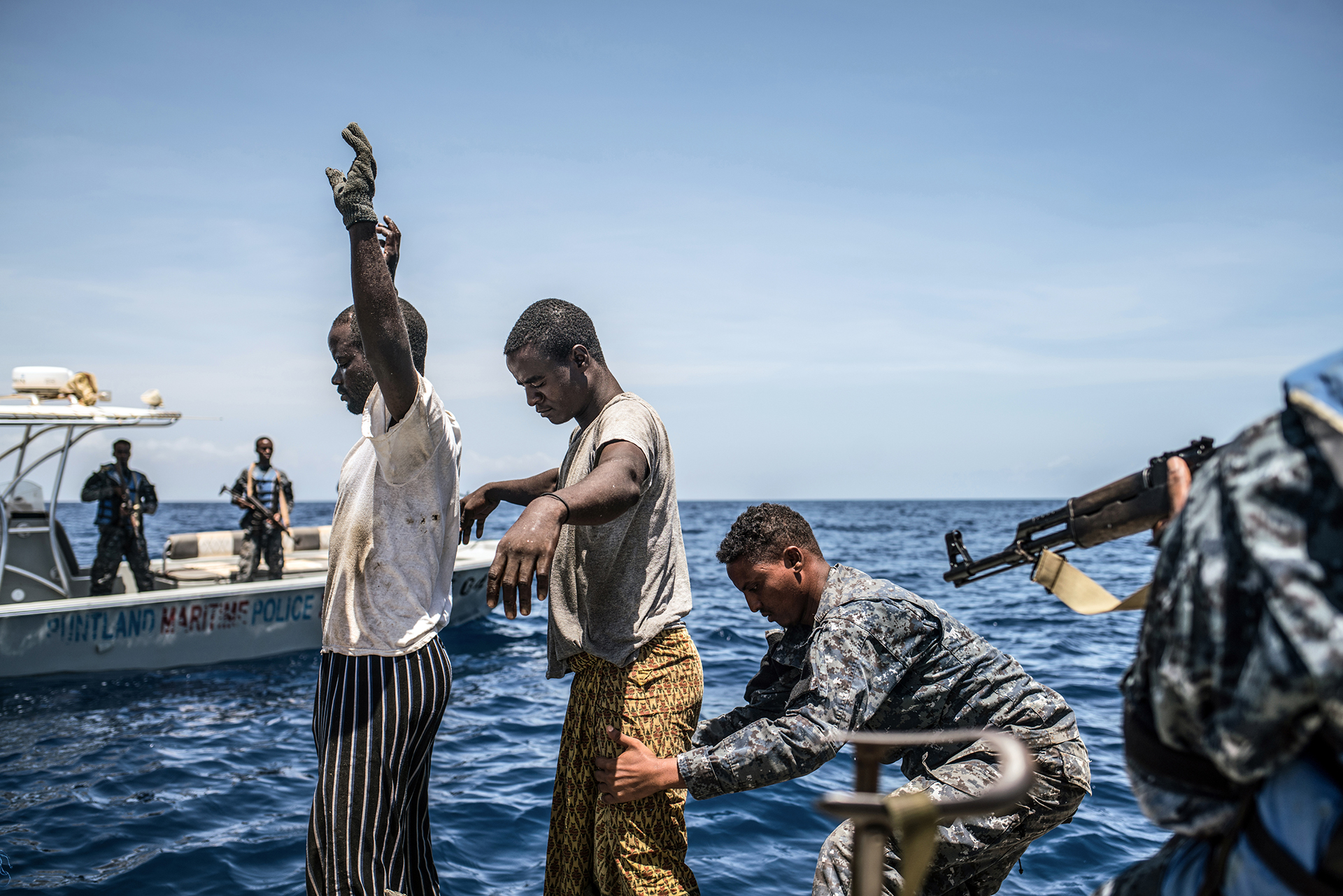
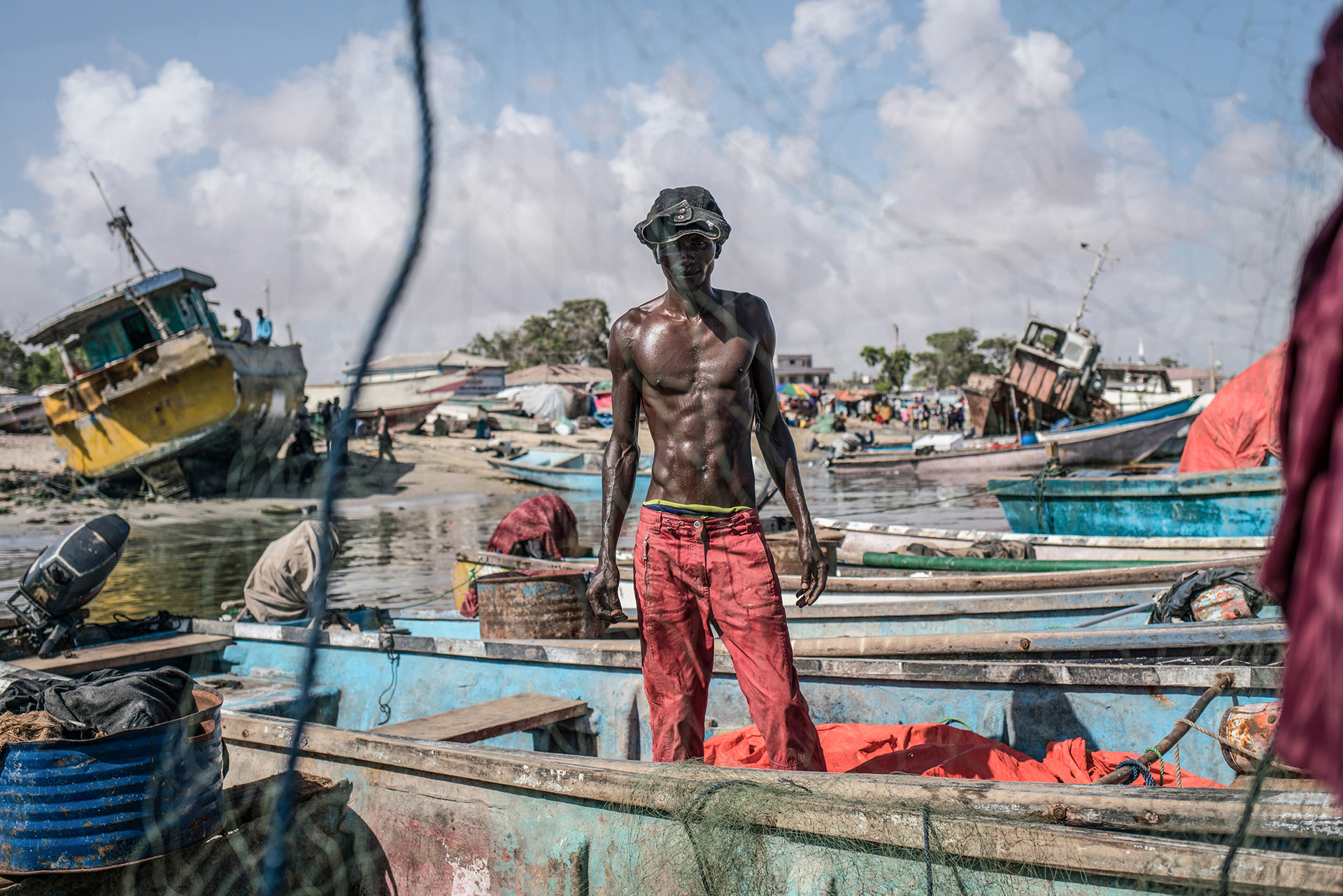
Fishermen untangle their nets in the port of Bosaso, the largest city in Puntland, on May 14, 2016.
A mother bathes her young son in the port of Mogadishu on May 2, 2016.

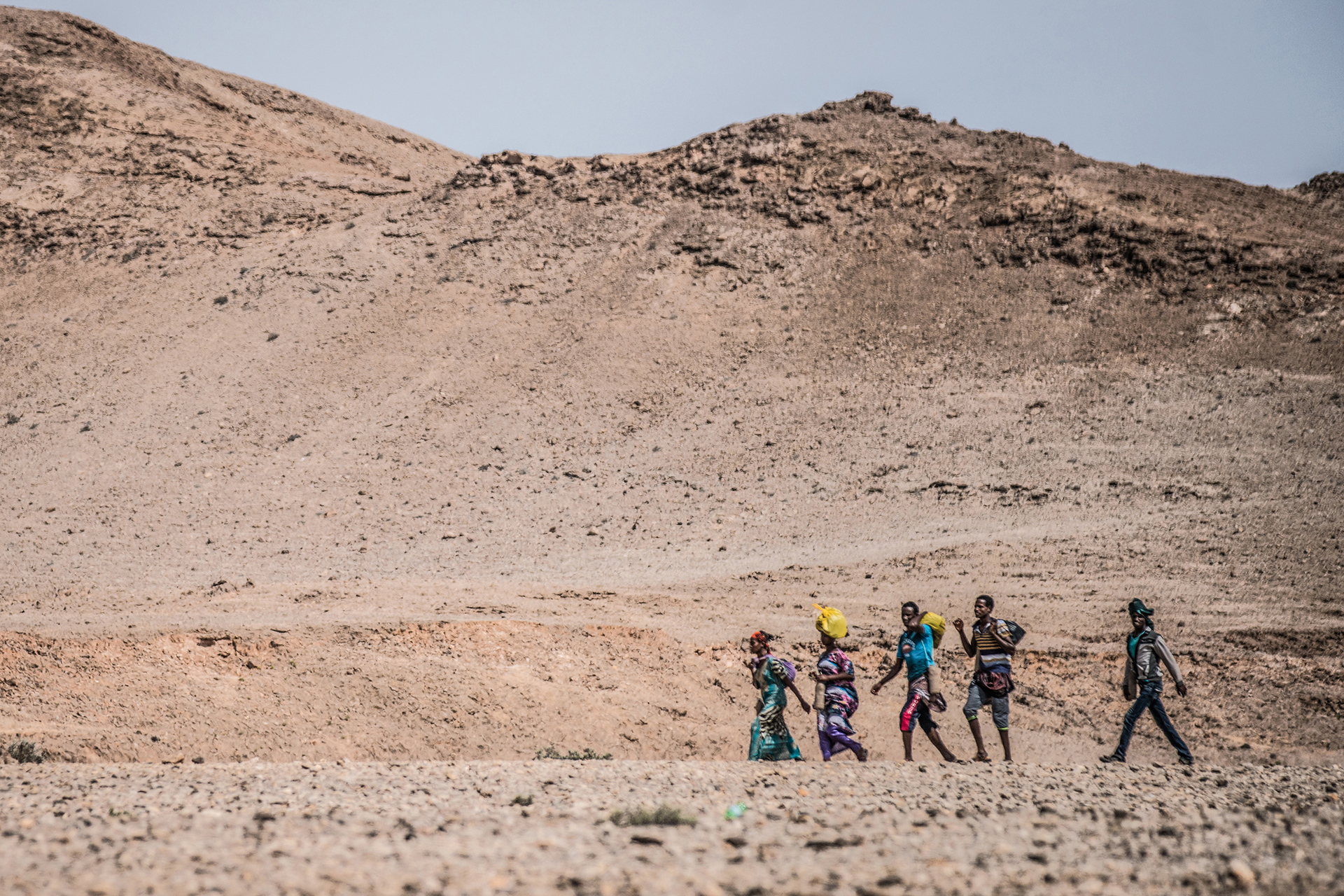
In the arid lands outside Mareero, a smuggling hub in the semi-autonomous region of Puntland, Somali and Ethiopian migrants walk to caves where they will wait for the dhow boats that will carry them on the perilous journey across the Gulf of Aden to Yemen, and eventually Saudi Arabia and Gulf States, on May 15, 2016.
Sahra Mohamed Soran (29) grew up in a family of pastoralists in Somalia, but now lives as a refugee in Dadaab camp, Kenya. “Our life changed when the weather changed, and now it only rains a small amount, even in the rainy season,” said Sahra. “For a year we watched our animals die one by one. When our last cow died we came here.”
